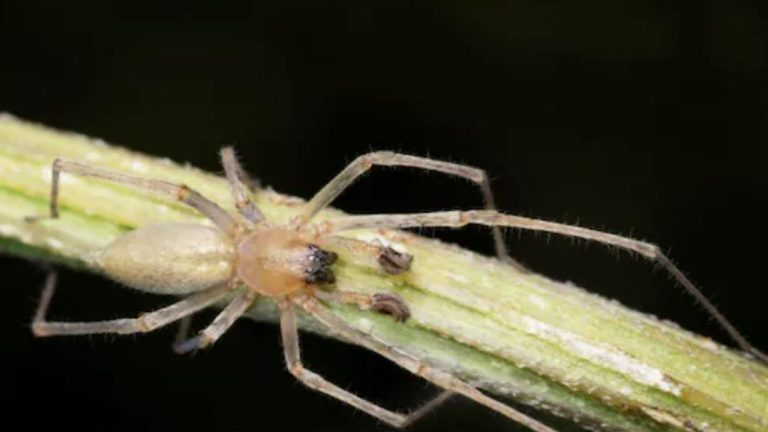
How do giraffes survive on less than 2 hours of sleep daily?
Giraffes are one of the most fascinating creatures in the animal kingdom, with their long necks, spotted coats, and gentle demeanor. However, one of the most intriguing aspects of giraffe biology is their unique sleep pattern. Unlike most mammals, giraffes survive on less than 2 hours of sleep daily, which is a remarkably short amount of time compared to other animals. But how do they manage to thrive with such limited rest?
To understand how giraffes can survive on so little sleep, it’s essential to delve into their sleep patterns. Research has shown that giraffes rely on numerous short naps, typically lasting between one to three minutes, to get the rest they need. These brief periods of sleep are usually taken while the giraffe is standing, with the animal locking its joints to rest while still maintaining some level of alertness. This unique adaptation allows giraffes to rest while still being vigilant for potential predators.
However, giraffes do reserve a few minutes of deeper REM (rapid eye movement) sleep for rare moments when they feel completely safe. This deeper sleep is crucial for physical and mental restoration, and giraffes will only indulge in it when they are in a secure environment, such as a secluded clearing or a protected area with minimal predator threat. This evolutionary trade-off between rest and survival is a testament to the giraffe’s remarkable adaptability and ability to thrive in challenging environments.
The giraffe’s sleep pattern is a result of millions of years of evolution, during which the species has developed a range of strategies to cope with the demands of its environment. In the wild, giraffes face numerous threats, including predators such as lions, leopards, and hyenas, as well as competition for food and resources. As a result, giraffes have evolved to prioritize vigilance and mobility over extended periods of rest.
Despite their remarkable adaptability, giraffes are not immune to the challenges of their environment. Habitat changes, such as deforestation and urbanization, can disrupt their limited sleep windows and make it harder for them to find safe and secure areas to rest. Additionally, human activity, such as noise pollution and light pollution, can also interfere with giraffe sleep patterns, making it harder for them to get the rest they need.
The impact of human activity on giraffe sleep patterns is a growing concern, as it can have significant consequences for the health and well-being of these magnificent creatures. For example, studies have shown that giraffes in areas with high levels of human activity, such as near roads or urban centers, tend to have shorter sleep periods and more frequent awakenings than those in more remote areas. This can lead to chronic sleep deprivation, which can weaken the giraffe’s immune system and make it more vulnerable to disease and predators.
Furthermore, the disruption of giraffe sleep patterns can also have broader ecological implications. Giraffes play a crucial role in shaping their ecosystems, and changes to their behavior and physiology can have ripple effects throughout the food chain. For example, giraffes help to disperse seeds and create pathways through dense vegetation, which can benefit other herbivores and maintain the diversity of plant species. If giraffes are unable to get the rest they need, their ability to perform these ecosystem functions may be impaired, leading to changes in the composition and structure of their habitats.
In conclusion, the giraffe’s ability to survive on less than 2 hours of sleep daily is a remarkable example of evolutionary adaptation and resilience. By relying on short naps and reserving deeper REM sleep for rare moments of safety, giraffes are able to thrive in challenging environments and maintain their position as one of the most iconic and fascinating creatures in the animal kingdom. However, it is essential to recognize the impact of human activity on giraffe sleep patterns and take steps to mitigate the disruption of their limited sleep windows. By doing so, we can help to ensure the long-term health and well-being of these incredible animals and the ecosystems they inhabit.






